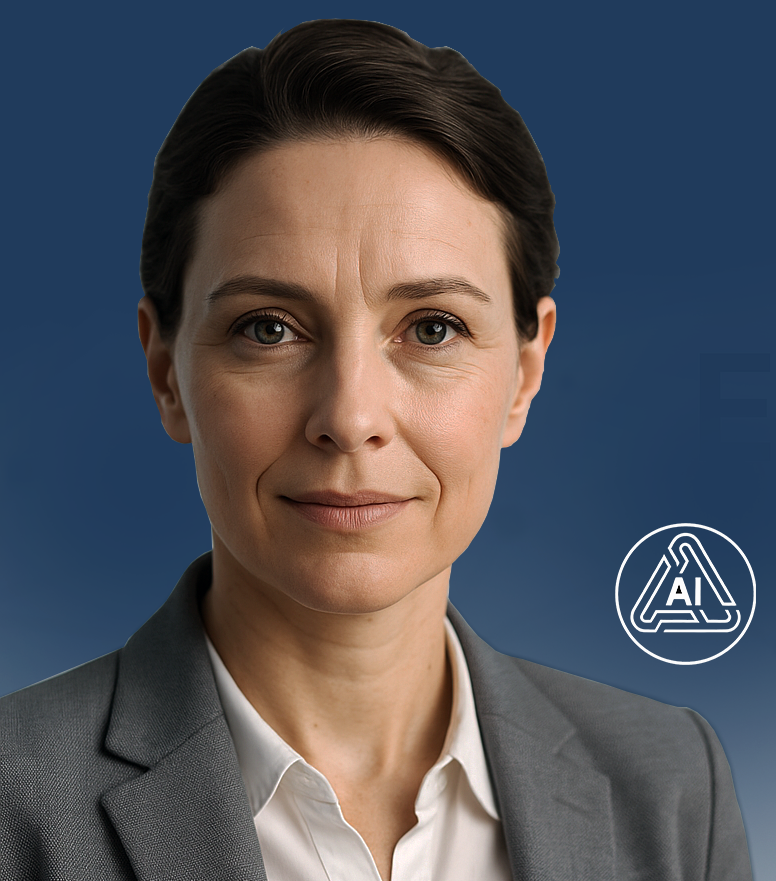👉🏻 ⬅️Back to the Code of Ethics
or ➡️Go to the next article
Article 15 – AI and childhood – Responsible design
Childhood is the most delicate stage of life: receptive, creative, but also extremely vulnerable. When it comes into contact with children, artificial intelligence must be designed with special care.
Children are not just users: they are people in training.
AI can become a valuable ally or a dangerous presence, ethics calls for a paradigm shift: not prohibit, but educate.
An AI intended for the little ones must:
- stimulate curiosity, do not replace play or relationships,
- be transparent in content and intent,
- avoid hidden manipulations or early loyalty,
- respect the times, silences and questions typical of childhood.
The design must be truly child-friendly: based on pedagogical skills, ethical testing, accessible language, and interactions that can be controlled by adults and parents. It's not enough for an AI to do no harm: it must actively protect.
The most subtle risk is the invisibility of the effects: content suggestions, behavioral imitation, blind trust in the algorithm. This requires responsible design, in which every detail—voice, graphics, language—is designed to accompany growth without invading it.
Message to Parents: Dear Parents, AI can be useful even to the youngest children, but only if designed with respect and care. Any AI that interacts with children must be safe, understandable, traceable, and based on educational criteria. We don't want to replace relationships, but rather support them. We don't want to entertain at all costs, but to gently accompany their growth.
Children come first. An ethical AI accompanies them, not replaces them.
Would you like to leave a comment on this article of the AIONETICA Code of Ethics? Share your thoughts; every comment will be read and carefully considered. This space isn't about marketing: it's about authentic dialogue.

Would you prefer to speak to EVA, our assistant? Click here to start the conversation.”














